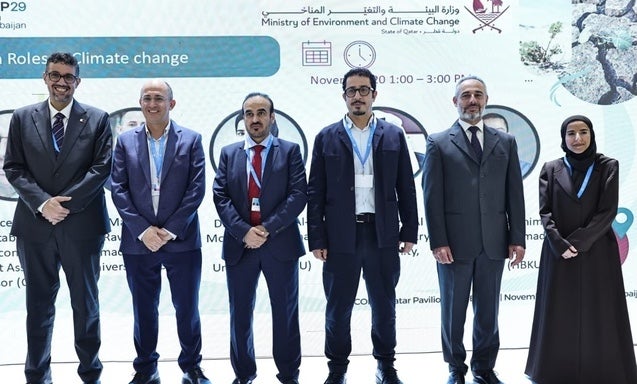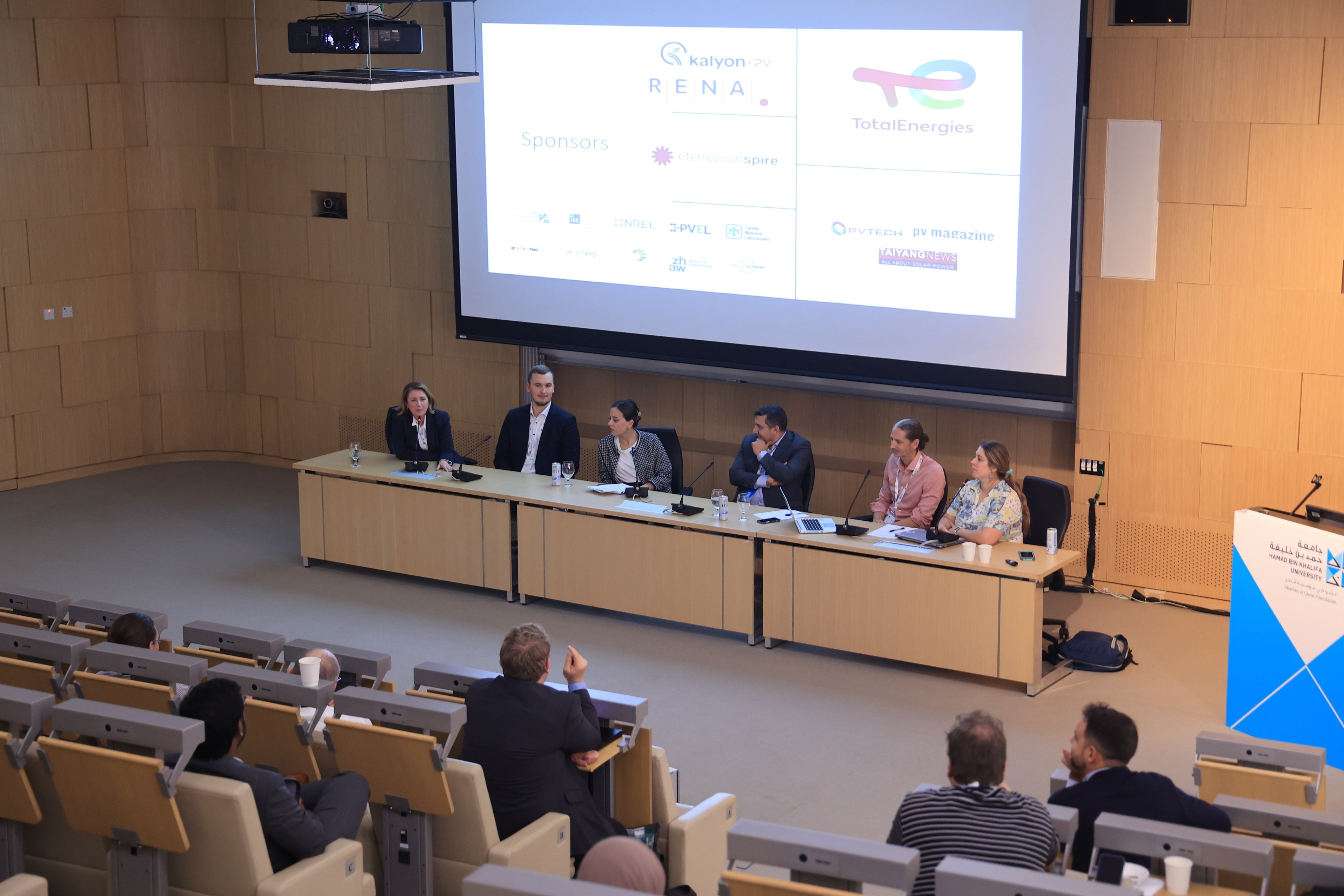
The recent spate of wildfires across the Amazon and other forested parts of the world serve as another timely reminder of the potentially catastrophic consequences of climate change and environmental degradation. As things stand, forests cover 30% of our planet with the Amazon rainforest expanding over an area of more than 5 million km2. However, an ‘unholy alliance’ between deforestation and uncontrollable fires could lead to the disappearance of rainforests within the next 100 years.
In some parts of the world, particularly Australia and Russia, bush and forest fires are often a natural occurrence during extremely hot and dry weather. Many fires are also caused by lightning and other sources of ignition. In recent years, however, wildfires have become more frequent due to unusually warmer conditions. According to researchers, Canada recently battled the largest outbreak of wildfires in five years. The jury’s still out on the amount of damage caused to the country’s vast boreal forest.
Elsewhere, Lebanon asked for international help to battle hundreds of forest fires that broke out at the beginning of October. Thanks to strong winds and a heatwave, these fires quickly spread to the surrounding neighborhood. These fires have since been labeled the worst to have hit the Middle East in decades.
The adverse effects of wildfires on air quality and human health are multifaceted. Wildfires release large amounts of black carbon particles, atmospheric mercury, ozone-forming chemicals, and volatile organic compounds capable of causing severe air pollution. These effects are often felt well beyond where the fires burn and have particularly serious consequences for large population centers. The recent spate of forest fires in Indonesia emitted a toxic haze across Southeast Asia, forcing the closure of schools and airports in an effort to minimize short-term exposure and related respiratory infections.
Wildfires also have important implications for biodiversity, particularly the flora that make forests their homes. Currently, rainforests host 50% of the world’s biodiversity, and wildfires can change that radically. The magnitude of the damage to ecology depends on several factors including fire duration and severity, soil type, area burned and post-fire precipitation.
So how do wildfires affect our climate? The answer is mainly in two ways. Trees absorb and store a significant amount of carbon. As much as one third of all carbon emitted by humans is removed from the atmosphere by the trees on our planet. Accordingly, fewer tropical forests means larger amounts of greenhouse gases like carbon dioxide in our atmosphere. This alone accelerates global warming.
Additionally, wildfires inject an enormous amount of carbon dioxide into the atmosphere, affecting climate on both a regional and global scale. Estimates suggest that the latest Amazon fires have dumped around 140 million tons of carbon dioxide into the atmosphere, roughly equivalent to emissions from 30 million cars per year. This represents a significant setback in global efforts to reduce carbon emissions by 2030 in accordance with the Paris Agreement.
At a guess, the most recent Amazon wildfires have destroyed thousands of square kilometers of tropical forest. However, has the real damage to our climate and environment already occurred? Is it now too late to act? Not entirely. In the short term, breakthrough technologies can help us to develop adaptation strategies. These include mesoscale air quality modelling and forecasting systems capable of tracking and analyzing wildfires and quantifying their impact on air quality and health.
More long term measures will undoubtedly require significant investment and widespread global support. A recent article in the journal Science suggests that the mass rewilding of tropical forests could help to recapture atmospheric carbon and mitigate the risk of harmful climate change. According to the authors, there is room for an extra 3.4 million square miles of canopy cover around the world, with Brazil, Indonesia, India, Madagascar and Colombia prime candidates for ‘restoration hotpots.’
The implementation of such large-scale forest regeneration relies on many socio-environmental and economic factors. However, landscape change has the potential to store the equivalent of 25% of the planet’s current atmospheric carbon burden. Reason enough to fight wildfires with more reforestation.
Dr. Christos Fountoukis is a technical team leader for the atmospheric research modeling team at the Qatar Environment and Energy Research Institute (QEERI), which operates under the the umbrella of Hamad bin Khalifa University (HBKU). He received his Ph.D. from GaTech (USA) and has worked for the University of Patras, Greece, and The Cyprus Institute.
This article is submitted on behalf of the author by the HBKU Communications Directorate. The views expressed are the author’s own and do not necessarily reflect the University’s official stance.










